The United Kingdom has confirmed that two Royal Air Force (RAF) aircraft undertook a 12-hour joint patrol mission this week alongside American and NATO forces near the Russian border, highlighting growing allied vigilance in response to a surge in Russian drone and aircraft incursions into NATO airspace.
Defence Secretary John Healey described the operation as a “substantial joint mission with our US and NATO allies,” highlighting the deepening coordination among Western powers to deter potential aggression and safeguard regional security.
The long-range sortie, which spanned several hours and covered sensitive airspace in the Baltic and Nordic regions, comes amid heightened tensions following repeated violations by Russian military drones and reconnaissance aircraft.
According to Reuters, NATO has recorded a sharp increase in such incursions over the past month, particularly near the airspace of member states such as Estonia, Latvia and Lithuania—nations that share proximity to Russia and its exclave of Kaliningrad. These flights, often conducted without transponders and at low altitudes, have tested NATO’s readiness and raised concerns about the potential for miscalculation.
The UK’s participation in the mission reflects its broader strategic commitment to bolstering collective defence in Northern Europe. The RAF deployed advanced fighter jets—likely Typhoons, capable of rapid interception and long-duration surveillance.
Impact Shorts
More ShortsThese aircraft operated in coordination with US Air Force assets and NATO’s integrated air policing system, which ensures continuous monitoring of allied airspace.
The timing of the mission coincides with NATO’s annual nuclear deterrence exercise, Steadfast Noon, which began on 13 October 2025. As reported by Reuters, the drill involves strategic bombers, command-and-control systems and coordination among nuclear-capable forces, though no live nuclear weapons are used.
While the exercise is routine, its occurrence amid escalating Russian activity has amplified its symbolic weight, serving as a clear signal of alliance cohesion and readiness.
Analysts suggest that Russia’s recent drone operations are not merely technical overflights but deliberate probes designed to test NATO’s response protocols and expose vulnerabilities. A Daily Sabah op-ed notes that such incursions have become a “persistent challenge,” with Moscow exploiting gaps in radar coverage and the limitations of current air defence systems.
Meanwhile, The Conversation warns that Europe remains “woefully unprepared” for the evolving threat posed by unmanned aerial systems, which are increasingly difficult to detect and intercept.
In response, NATO and individual member states are accelerating efforts to develop counter-drone technologies and layered air defences. The concept of a “drone wall”—a network of sensors, jammers, and interceptors—has gained traction across European capitals, though experts caution that implementation remains fragmented and underfunded.
Britain’s active role in these operations signals its intent to remain a key player in continental security, even as defence budgets face scrutiny. Healey reaffirmed the government’s commitment to “defend every inch of NATO territory,” stressing that joint missions like this one are essential to maintaining deterrence.
With the Baltic Sea emerging as a new flashpoint and unmanned threats growing more sophisticated, the 12-hour patrol is not just a demonstration of capability—it is a necessary step in a broader effort to prevent escalation and uphold the integrity of NATO’s eastern flank.
As tensions persist, the alliance’s ability to respond swiftly and collectively will remain a critical test of its resolve.
With inputs from agencies


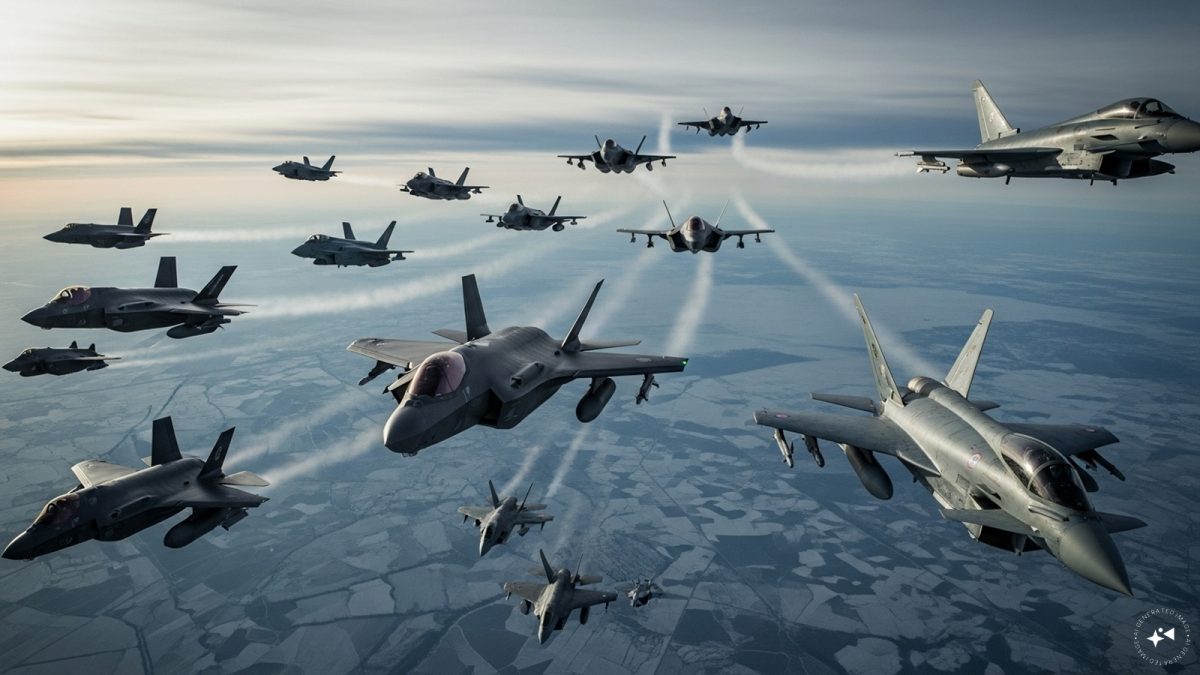)
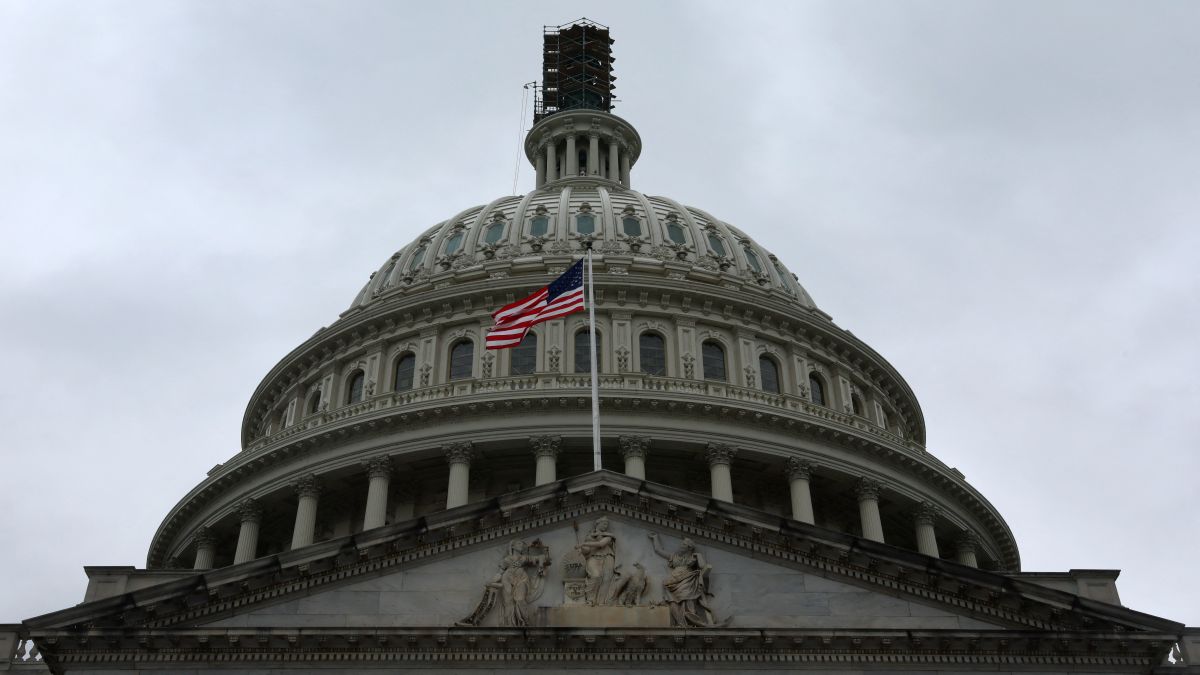
)
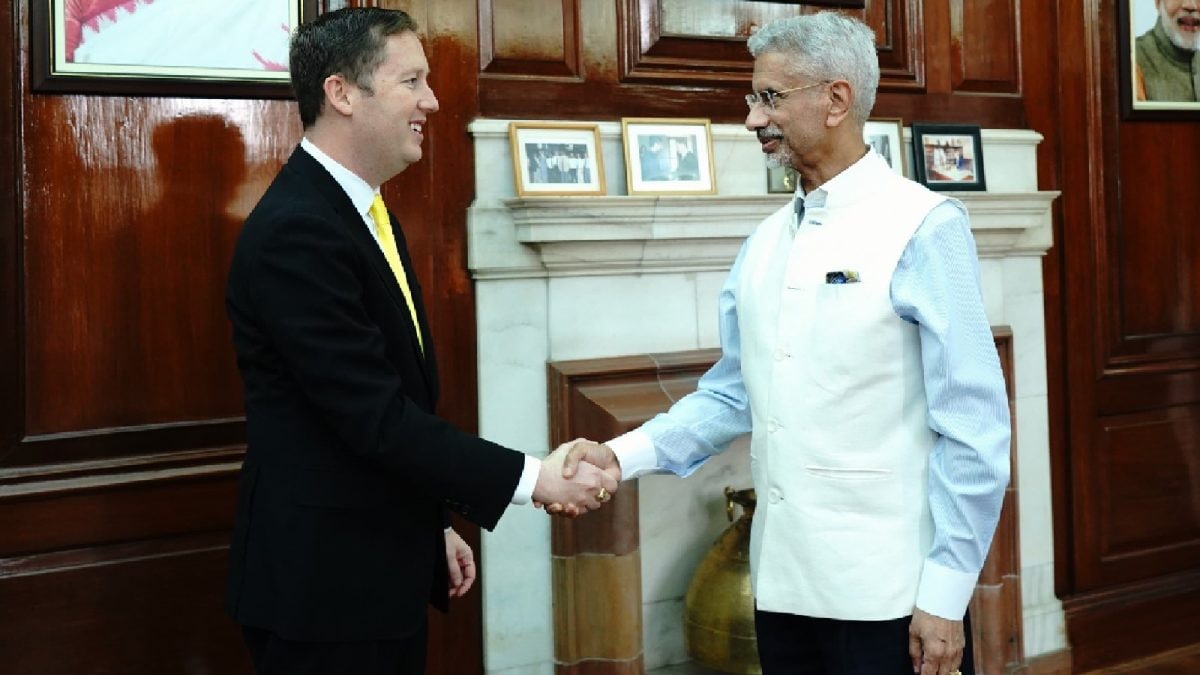)
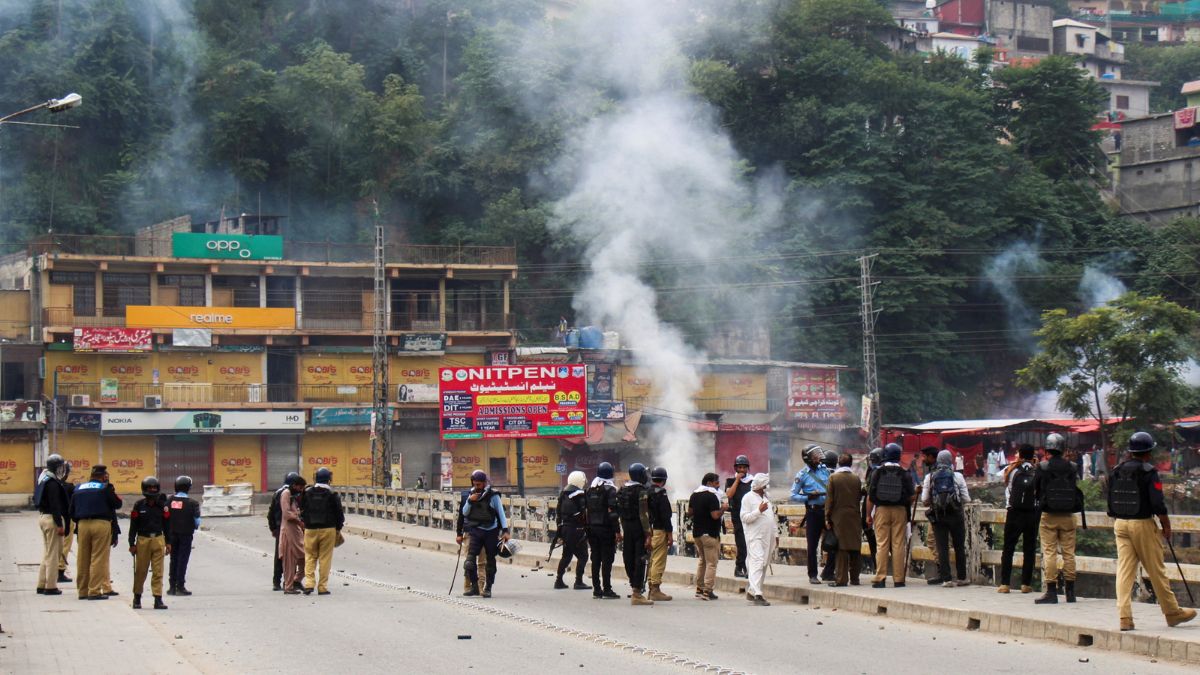)
)
)
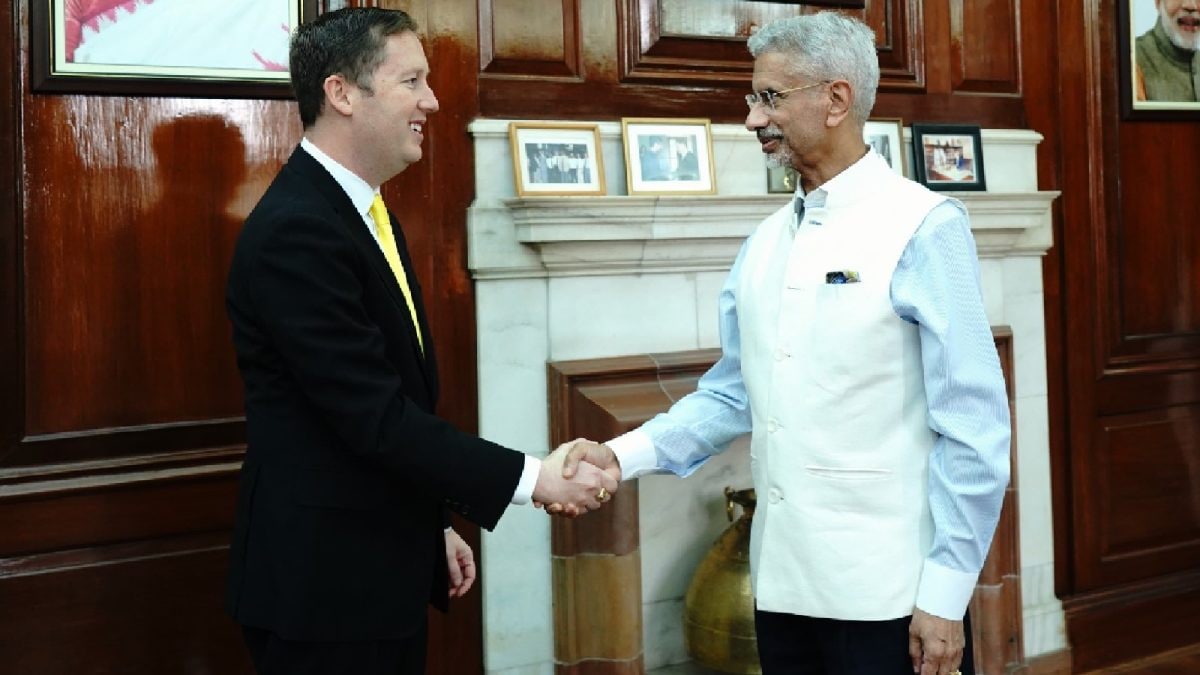)
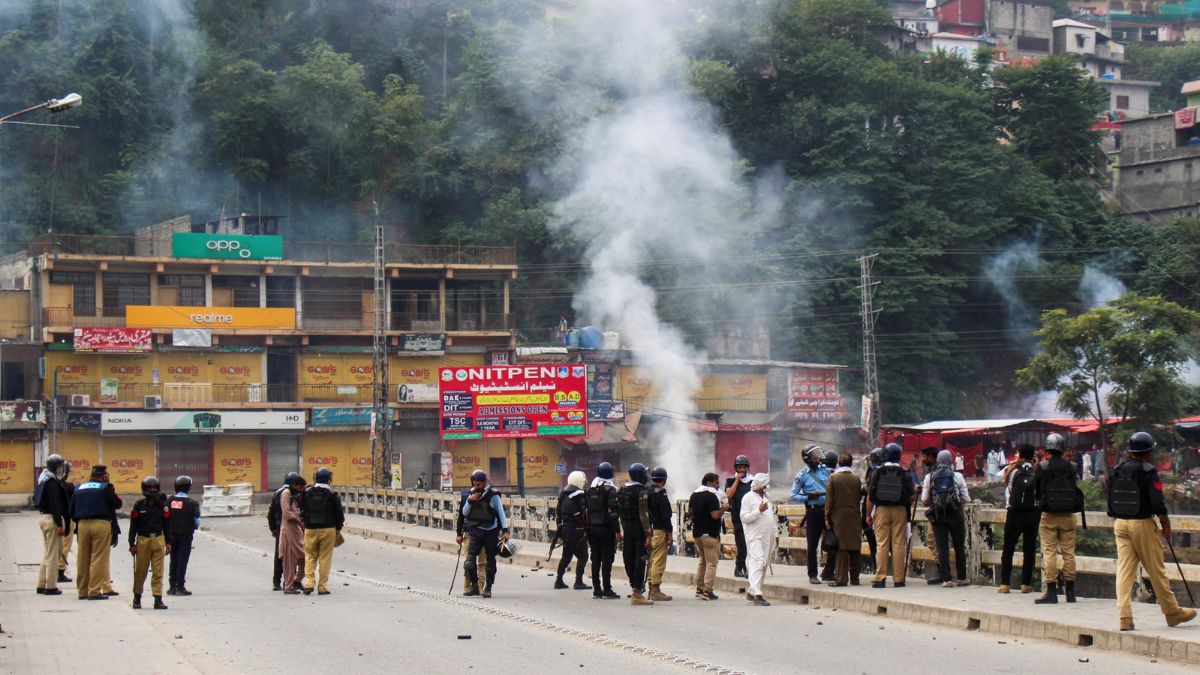)
)



